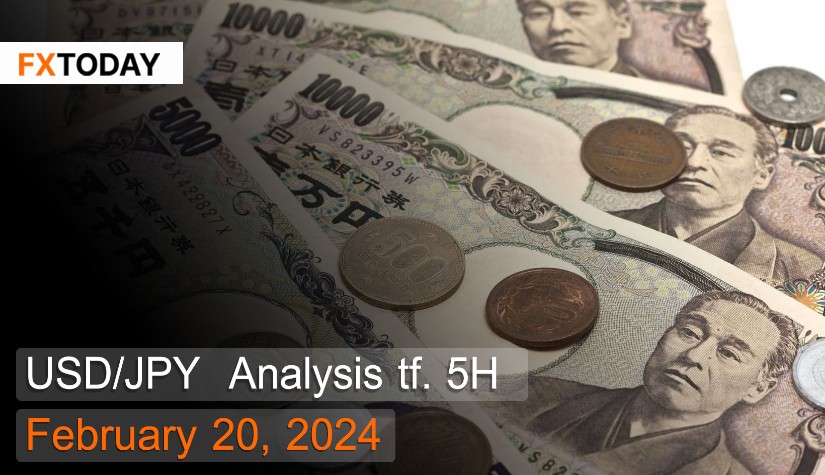Japan has lost the world's third-largest economy to Germany.
The yen is currently stable at around 150 yen per US dollar, causing concerns among investors that Japan may intervene in the foreign exchange market again. Additionally, Japan has entered a technical recession as GDP figures contracted for two consecutive quarters, mirroring Germany's economic downturn. Due to the economic downturn, there is an expectation that the Bank of Japan will continue its accommodative monetary policy.
Regarding the economic data of the United States, the Producer Price Index continues to increase more than expected, leading to speculations that inflation rates will not decrease in the near future. Moreover, a rapid decline in retail sales indicates a reduced consumer spending ability. The robust employment figures in the United States indicate the strength and flexibility of the country's economy.
The Leading Economic Index, which measures economic trends in the next 2-3 months based on consumer confidence and employment, has increased to 110, supported by a decrease in unemployment rates and increased consumer confidence from salary hikes in the past year.
Japan's foreign exchange reserves have slightly decreased to $1.292 trillion in January from $1.295 trillion in December, with Japan slightly increasing its gold reserves but reducing its foreign currency reserves by the same amount. However, foreign currency reserves still account for the largest portion at $1.156 trillion.
Japan's GDP contracted by 0.1% in the fourth quarter of 2023, following a 0.8% contraction in the third quarter, indicating that Japan's economy is experiencing its first recession in five years. This is due to continuous declines in private consumption, which accounts for more than half of the country's total economy, and rising costs due to inflation remain a challenge for many companies.
Looking back at 2023, Japan's GDP expanded by 1.9%, driven by support and investments from the public sector. Additionally, the weakened yen led to increased exports outweighing imports, which was beneficial for GDP. However, despite overall growth strengthening in 2023, the weakened yen caused GDP to decrease when calculated in US dollars, from 591.482 trillion yen to only $3.93 trillion.
Techical analysis data (5H)
Resistance: 150.44, 150.52, 150.6
Source: Investing.com
Buy/Long 1: If the price touches support in the price range of 150.2 - 150.28 but cannot break the support at 150.28, you may set a TP at approximately 150.52 and SL at around 150.12 or according to your acceptable risk.
Buy/Long 2: If the price breaks the resistance in the price range of 150.44 - 150.52, you may set a TP at approximately 150.6 and SL at around 150.2 or according to your acceptable risk.
Sell/Short 1: If the price touches resistance in the price range of 150.44 - 150.52 but cannot break the resistance at 150.44, you may set a TP at approximately 150.2 and SL at around 150.6 or according to your acceptable risk.
Sell/Short 2: If the price breaks the support in the price range of 150.2 - 150.28, you may set a TP at approximately 150.12 and SL at around 150.52 or according to your acceptable risk.
Pivot point February 20, 2024 04:15 PM. GMT+7
|
Name
|
S3
|
S2
|
S1
|
Pivot Points
|
R1
|
R2
|
R3
|
| Classic | 150.12 | 150.2 | 150.28 | 150.36 | 150.44 | 150.52 | 150.6 |
| Fibonacci | 150.2 | 150.26 | 150.3 | 150.36 | 150.42 | 150.46 | 150.52 |
| Camarilla | 150.32 | 150.34 | 150.35 | 150.36 | 150.38 | 150.39 | 150.41 |
| Woodie's | 150.12 | 150.2 | 150.28 | 150.36 | 150.44 | 150.52 | 150.6 |
| DeMark's | - | - | 150.32 | 150.38 | 150.49 | - | - |
















